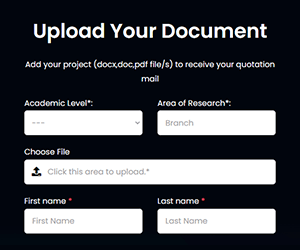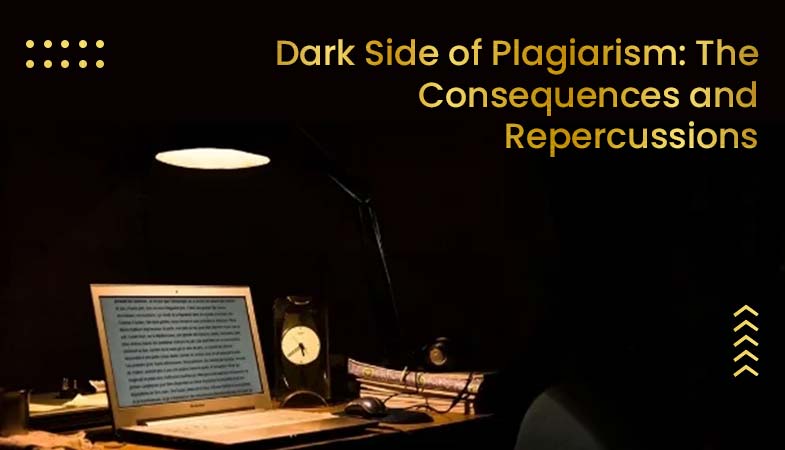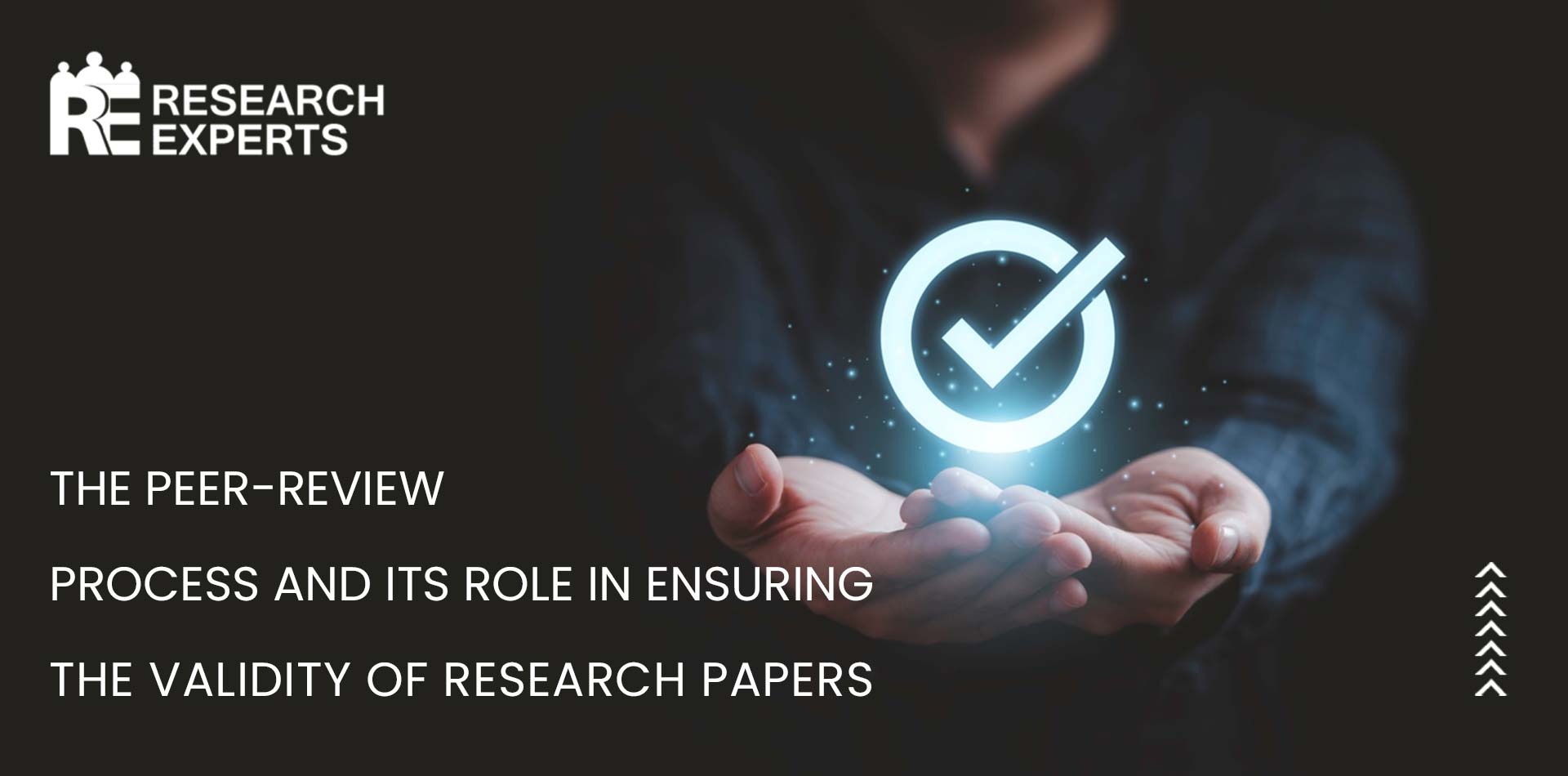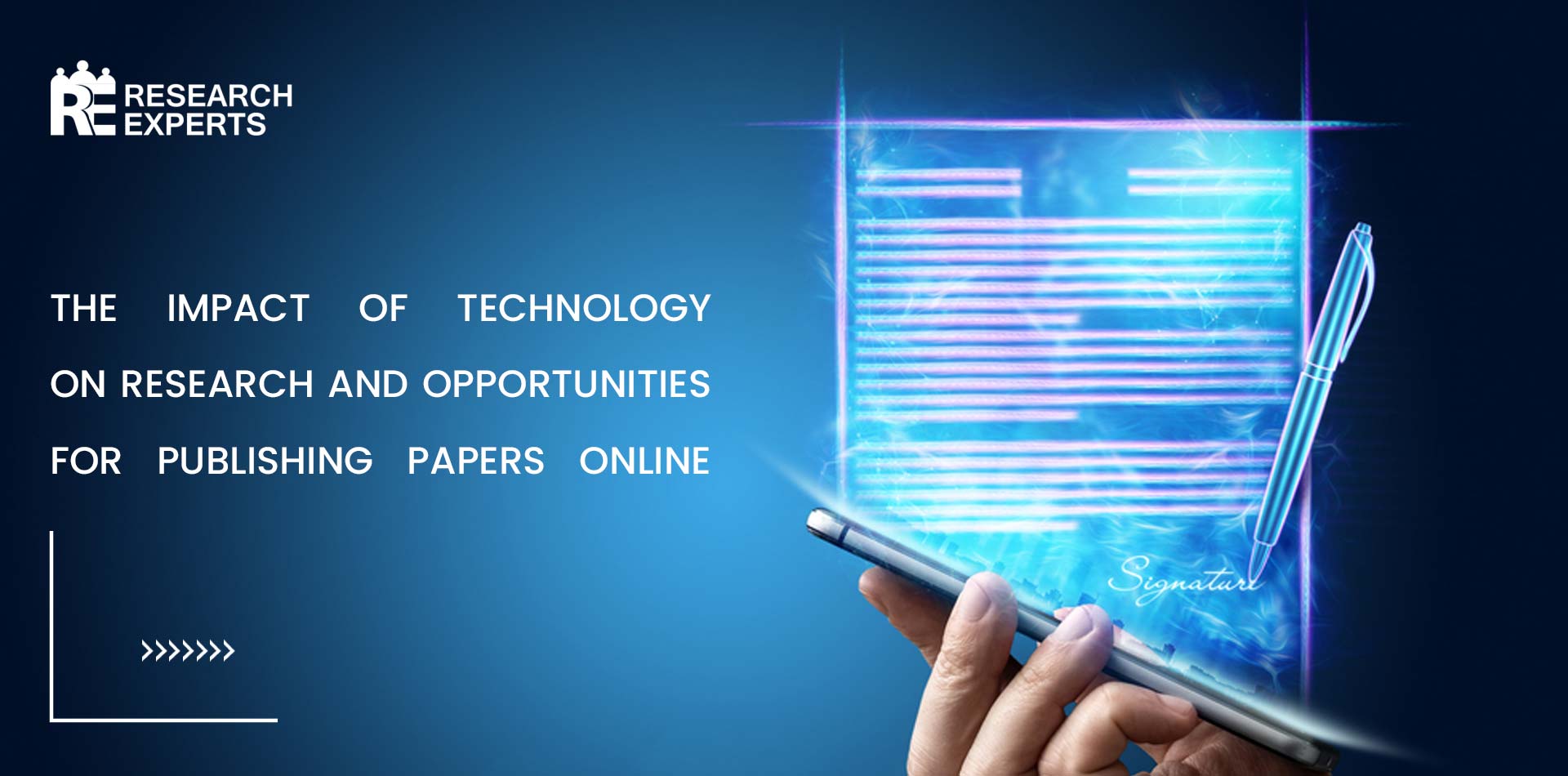
Academic Plagiarism In Research Documents
Academic Plagiarism In Research Documents – Academic plagiarism refers to the act of using the ideas or words of another person without proper attribution in an academic setting. This can take many forms, and it is important for researchers to be aware of the different types of academic plagiarism in order to avoid it. In this blog, we have mentioned some types of Academic Plagiarism In Research Documents.
Plagiarism is of various types. One of the common forms of plagiarism is Academic. In this blog, we are discussing the types of Academic Plagiarism. Plagiarism is a great offense and is just the same as stealing someone else’s work. In order to learn more, keep reading the blog.
Types of Academic Plagiarism In Research Documents
- One common form of academic plagiarism is copy-and-paste plagiarism, which occurs when a researcher copies and pastes text from a source into their own work without proper citation. This can be as simple as copying a single sentence or as extensive as copying an entire paragraph or more.
- Another form of academic plagiarism is paraphrase plagiarism, which occurs when a researcher rewrites the words of a source but does not properly cite it. This can be a more subtle form of plagiarism, as the researcher may not be copying the text verbatim, but they are still using someone else’s ideas without proper attribution.
- Self-plagiarism is another type of academic plagiarism that occurs when a researcher reuses their own work in a new publication without proper citation. This is considered dishonest because it is equivalent to submitting the same work multiple times for different assignments.
- Another form of academic plagiarism is mosaic plagiarism, which occurs when a researcher combines small pieces of text from multiple sources and presents them as their own work. This is often done in an attempt to cover up the fact that the work is not original.
- A related form of academic plagiarism is patchwork plagiarism, which occurs when a researcher combines pieces of text from multiple sources and tries to make them fit together in a coherent way. This can be difficult to detect, as the text may not be copied verbatim, but it is still considered plagiarism because the ideas are not the researcher’s own.
How can you avoid Plagiarism?
One way to avoid academic plagiarism is to properly cite all sources in research documents. This includes both in-text citations and a full list of references at the end of the work. Different citation styles, such as APA, MLA, and Chicago, have specific guidelines for how to cite sources properly. It is important to follow these guidelines and use them consistently throughout a paper. Another way to avoid academic plagiarism is to paraphrase or summarize information from a source rather than simply copying and pasting it. This means rephrasing the information in your own words while still accurately conveying the main ideas of the source. It is important to still properly cite the source, even when paraphrasing.
Plagiarism can be difficult to detect, but there are tools and resources available to help. Many universities and colleges have plagiarism detection software, such as Turnitin or Urkund, that can check research documents for copied content. It is important for researchers to be familiar with these tools and to use them when appropriate to ensure the originality of their work.
Conclusion
In conclusion, there are many types of academic plagiarism that researchers should be aware of. These include copy-and-paste plagiarism, paraphrase plagiarism, self-plagiarism, mosaic plagiarism, and patchwork plagiarism. Proper citation of sources and paraphrasing or summarizing information are key strategies for avoiding plagiarism. It is also important to be familiar with plagiarism detection tools and to use them when appropriate. Get in touch with Research Experts for plagiarism removal services.








